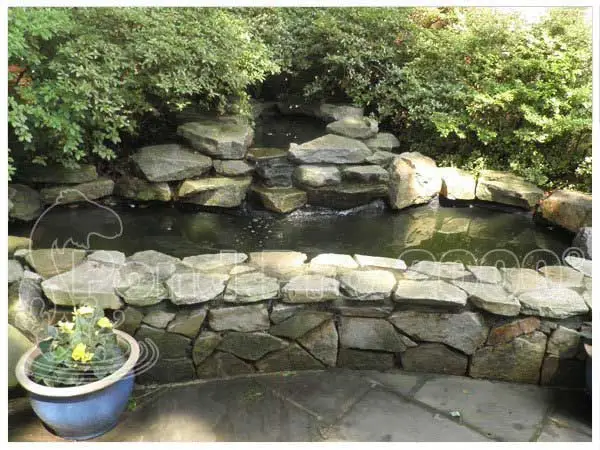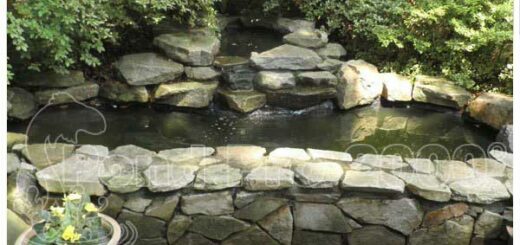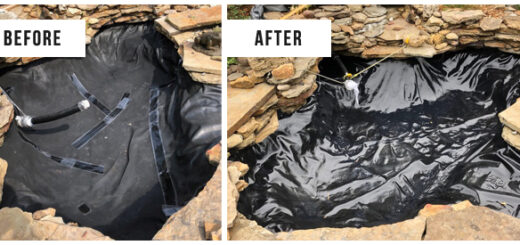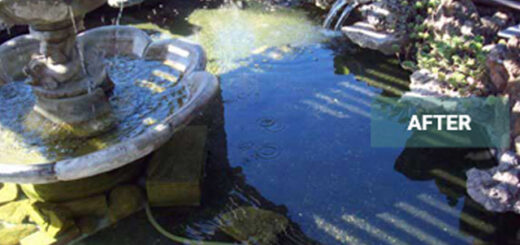Pond Leak Troubleshooting: When to Repair vs. Replace
A pond can be a beautiful and serene addition to your property, but it requires regular maintenance to stay in good condition. One of the most common issues pond owners face is a pond leak. These leaks can lead to water loss, which diminishes the pond’s visual appeal and disrupts the ecosystem for fish, plants, and other wildlife.
When you encounter a leak, it’s important to determine whether the issue can be repaired or if a full replacement is necessary. In this article, we’ll guide you through troubleshooting a pond leak and deciding when to repair or replace the structure.
When to Repair a Pond Leak
Not all leaks require significant repairs or replacement. In many cases, a simple fix can resolve the issue. Here’s when repairing a pond leak is your best option:
- Small Cracks or Tears in the Liner: Small tears or punctures can usually be patched for ponds with flexible liners. Special liner repair kits are available for this purpose, allowing you to seal small holes or cuts without replacing the entire liner.
- Minor Structural Damage: If your pond is concrete and the cracks are minor, they can often be filled with a specialized sealant. In this case, the leak is fixed without replacing the entire structure. Using a high-quality pond sealer will ensure the repair holds up over time.
- Evaporation Misdiagnosed as a Leak: Sometimes, what seems like a pond leak is just natural evaporation. Especially in hot weather, water loss can occur quickly. To rule out evaporation, you can do a simple test by filling the pond and marking the water level. Recheck it after 24 hours. You’re dealing with a leak if the level has dropped significantly beyond evaporation estimates.
- Localized Leaks: If you’ve identified the source of the pond leak and it’s localized to one area, such as a connection between rocks or a waterfall feature, repairing that specific area should be sufficient. Addressing leaks in piping, skimmers, or waterfalls is usually more accessible and cost-effective than replacing the entire pond.
When to Replace Your Pond
While repairs are often sufficient, there are times when replacing part or allof your pond is necessary. Here’s when replacement should be considered:
- Extensive Structural Damage: If your concrete pond has extensive cracks or large structure sections are damaged, the cost and effort of repairing it may exceed the benefits. In these cases, rebuilding the pond or replacing the liner may be the more sensible.
- Aging Liner: Liners in place for many years can degrade, becoming brittle and prone to leaks. If your pond liner is old and has multiple leaks or tears, it may be more cost-effective to replace the entire liner rather than repeatedly repair individual spots.
- Upgrading the Pond: If you’re already facing a significant pond leak and need to make repairs, it might be an opportunity to consider upgrading your pond. Whether you want to expand it, add new features, or install a more durable liner, addressing the leak can be the perfect time to invest in a pond with the right approach, you can determine whether repair or replacement is the best course of action. Small cracks and tears can often be repaired quickly, while more extensive damage may require a total replacement. By taking action early and maintaining your pond regularly, you can enjoy a leak-free and healthy pond renovation.
Final Thoughts
A pond leak can be frustrating, but you can determine whether repair or replacement is the best course of action with the right approach. Small cracks and tears can often be repaired quickly, while more extensive damage may require a total replacement. You can enjoy a leak-free and healthy pond by taking action early and maintaining your pond regularly.







